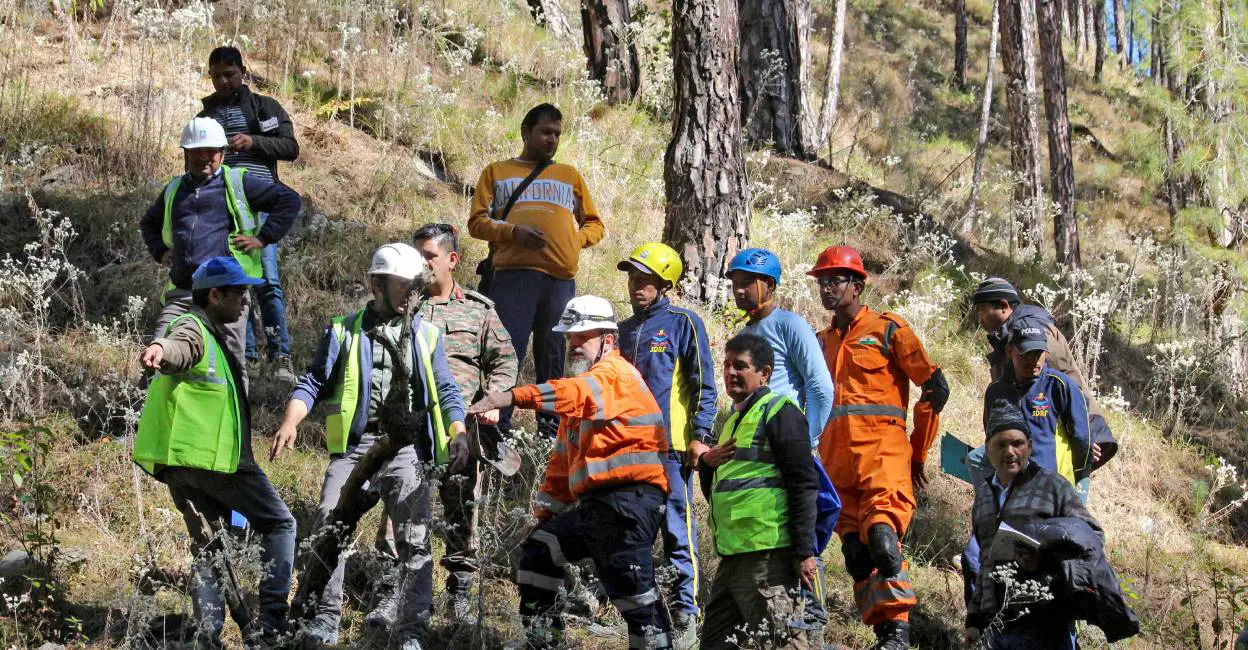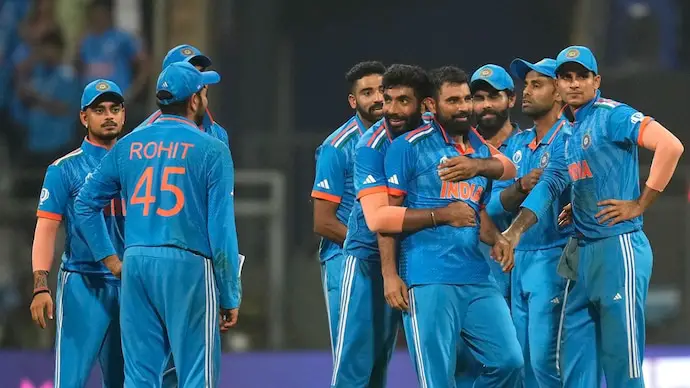
New Delhi, along with Kolkata and Mumbai, is among the world’s most polluted cities today, according to data provided by Swiss Group IQAir. The city was shrouded in a thick layer of toxic haze, and its air quality remained in the “severe category.” New Delhi, once again, topped the real-time list with an AQI of 483 at 7.30 am today, followed by Lahore at 371. Kolkata and Mumbai were also among the five worst-hit cities, experiencing an AQI of 206 and 162, respectively.
Officials attribute the spike in air pollutants to a seasonal combination of low temperatures, a lack of wind, and the burning of stubble in neighboring states. Many of New Delhi’s 20 million residents have complained of irritation in their eyes and itchy throats, with the air taking on a dense grey hue as the AQI hovered over 550 in some monitoring stations.
An AQI of 0-50 is considered good, while anything between 400-500 affects healthy people and poses a danger to those with existing diseases. Ahmed Khan, a Delhi-based doctor, shared on the social media platform X, “In my last 24 hours duty, I saw babies coughing, children coming with distress, and rapid breathing.”
The concentration of fine particulate matter, known as PM2.5, was 523 mg per cubic meter, surpassing the permissible World Health Organization guidelines by 104.6 times. Long-term exposure to these particles, which are approximately 30 times thinner than human hair and can penetrate the bloodstream through the lungs, has been linked to chronic heart and respiratory conditions.
In response to the crisis, a comprehensive plan has been initiated in the national capital. This plan includes measures such as the suspension of construction activities, the promotion of public transportation usage, and the encouragement of working from home whenever feasible. These steps are critical in mitigating the immediate effects of the pollution crisis and safeguarding the health of the residents. Nonetheless, it is essential to implement long-term solutions that address the root causes of air pollution. Stricter regulations on industrial emissions, the promotion of cleaner energy sources, and the enforcement of policies to discourage the burning of agricultural residues are crucial steps toward improving air quality and protecting public health in the long term, not only in India but also globally, given that air pollution remains a significant environmental and public health challenge in various parts of the world.
Image Source: https://www.voanews.com/a/toxic-haze-blankets-india-s-new-delhi-world-s-most-polluted-city-again/7340935.html




